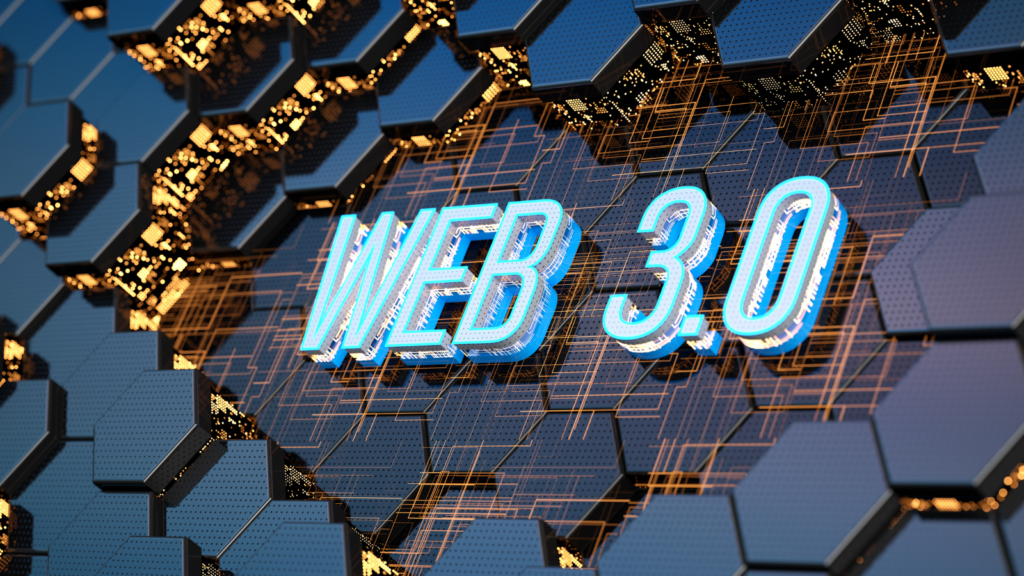
The rise of Web3 has brought about the need for secure and user-friendly wallets to store and manage digital assets. Web3 wallets are essential tools for interacting with decentralized applications (DApps), storing cryptocurrencies, and managing non-fungible tokens (NFTs).
Types of Web3 Wallets
Web3 wallets can be broadly categorized into two types: custodial and non-custodial.
· Custodial Wallets: Custodial wallets are managed by third-party service providers, who hold the private keys to the user’s digital assets. While custodial wallets offer convenience and ease of use, they compromise user control and security.
· Non-Custodial Wallets: Non-custodial wallets, also known as self-custodial wallets, give users complete control over their private keys. While non-custodial wallets offer enhanced security, they can be more complex to use and require greater attention to security measures.
Choosing the Right Web3 Wallet
The choice of Web3 wallet depends on individual needs and preferences. Here are some factors to consider:
· Security: Security is paramount when dealing with digital assets. Non-custodial wallets offer greater security, but users must carefully manage their private keys.
· Ease of Use: For beginners, custodial wallets may be easier to use due to their simplified interface and management of private keys. However, users should be aware of the trade-off in security.
· Compatibility: Consider the blockchains you intend to interact with and choose a wallet that supports those chains.
· Features: Some wallets offer additional features, such as built-in exchanges, staking support, and NFT management.
Let’s have a look at the various Web3 wallets, delving into their features, security measures, and ease of use:
1.MetaMask:
Features
· Browser Extension: MetaMask is a popular browser extension wallet compatible with major browsers.
· Multi-Chain Support: It supports multiple blockchain networks, facilitating access to a wide range of decentralized applications (DApps).
· User-Friendly Interface: The interface is intuitive, making it suitable for both beginners and experienced users.
Security
· Seed Phrase Protection: MetaMask employs a seed phrase for wallet recovery, enhancing security.
· Open Source: Its open-source nature allows the community to contribute to security enhancements.
Ease of Use
· Quick Setup: Setting up a MetaMask wallet is a straightforward process, requiring minimal technical knowledge.
· DApp Integration: Seamless integration with various DApps makes it user-friendly for decentralized ecosystem participants
2.Trust Wallet:
Features
· Mobile-Friendly: Trust Wallet is a mobile application available on both Android and iOS platforms.
· In-Built DEX: It includes a decentralized exchange (DEX) for users to trade directly from the wallet.
· Browsing Capabilities: Trust Wallet integrates a Web3 browser for easy access to DApps.
Security
· Private Key Control: Users have full control over their private keys, enhancing security.
· Biometric Authentication: Modern security measures, such as fingerprint and facial recognition, add an extra layer of protection.
Ease of Use
· Mobile Convenience: The mobile-first approach makes Trust Wallet extremely convenient for users on the go.
· Simple Interface: The user interface is designed for simplicity, catering to a broad audience.
3.Ledger Live:
Features
· Hardware Wallet Integration: Ledger Live supports Ledger hardware wallets, providing an added layer of security.
· Portfolio Management: Users can manage multiple assets and portfolios within the application.
· Desktop Application: Ledger Live is a desktop application compatible with Windows, Mac, and Linux.
Security
· Cold Storage: Hardware wallet integration ensures private keys are stored in a secure, offline environment.
· PIN Protection: Ledger Live employs PIN protection for added security.
Ease of Use
· Portfolio Visualization: The interface provides a clear overview of asset portfolios, aiding in easy management.
· Ledger Hardware Integration: Users familiar with Ledger hardware wallets will find the integration seamless.
4.MyEtherWallet(MEW):
Features
· Web Interface: MEW is a web-based wallet, allowing users to access it from any device with an internet connection.
· Token Management: Users can manage a variety of Ethereum-based tokens within the wallet.
· Swap Feature: MEW integrates a token swap feature for decentralized trading.
Security
· Client-Side Wallet: Being client-side, MEW allows users to control their private keys directly.
· Hardware Wallet Compatibility: Users can enhance security by connecting hardware wallets like Ledger or Trezor.
Ease of Use
· Accessibility: MEW’s web-based nature makes it accessible from any device with a browser.
· Token Swap Integration: The integrated token swap feature adds convenience for users seeking decentralized trading options.
Choosing the right Web3 wallet depends on individual preferences, needs, and the level of security desired. Whether you prefer the convenience of a browser extension like MetaMask, the mobile accessibility of Trust Wallet, the hardware security of Ledger Live, or the web-based versatility of MyEtherWallet, understanding the features and security measures of each wallet is crucial for a seamless and secure Web3 experience. As the decentralized landscape evolves, staying informed about the latest developments in Web3 wallet technology will empower users to make informed choices for managing their digital assets.
Want to know how Ticmint can help your business?
- Save upto 35% platform fees compared to industry standard.
- 100% customisable & control. Your platform, your way. (No extra charges to remove branding)
- Enhanced transparency and security



